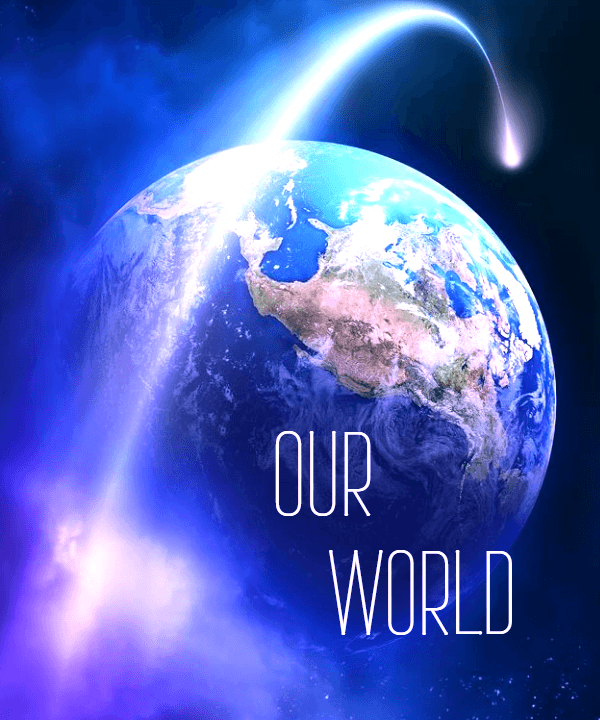Welcome to Our World magazine, your portal to the dynamic realms of technology, economics, industry, marketing, family, and business. At Gildshire.com, we keep you informed, inspired, and ahead in today’s ever-evolving global landscape.
In the fast-paced digital age, staying updated with the latest trends and insights is crucial. Our World magazine is your trusted source, delivering thought-provoking articles, in-depth analyses, and cutting-edge perspectives. Whether you’re a tech enthusiast, an entrepreneur, or a parent, Our World has something for you.
Dive into technology, exploring groundbreaking innovations, futuristic concepts, and emerging trends. From AI and blockchain to cybersecurity and automation, we unravel the complexities of the digital revolution and its societal impact.
Delve into economics and industry, dissecting global markets, economic theories, and business growth drivers. Stay ahead of market fluctuations, gain investment insights, and discover successful enterprise strategies.
In marketing, we explore ever-evolving strategies, tactics, and consumer behavior. Uncover trends in digital marketing, content creation, social media, and branding, empowering informed decisions and impactful initiatives.
Our World magazine values family, offering insights on parenting, relationships, education, and personal development. Find practical advice, tips, and inspiration to navigate modern family life.
Whether you’re a seasoned professional, aspiring entrepreneur, or curious individual, Our World magazine is your gateway to being informed and inspired. Join us at Gildshire.com and embark on an enlightening journey through the multifaceted aspects of our world.




